
Contact
Calle 60 x 61 and 59, #496, Col. Centro,
Zip Code 97000 Mérida, Yucatán
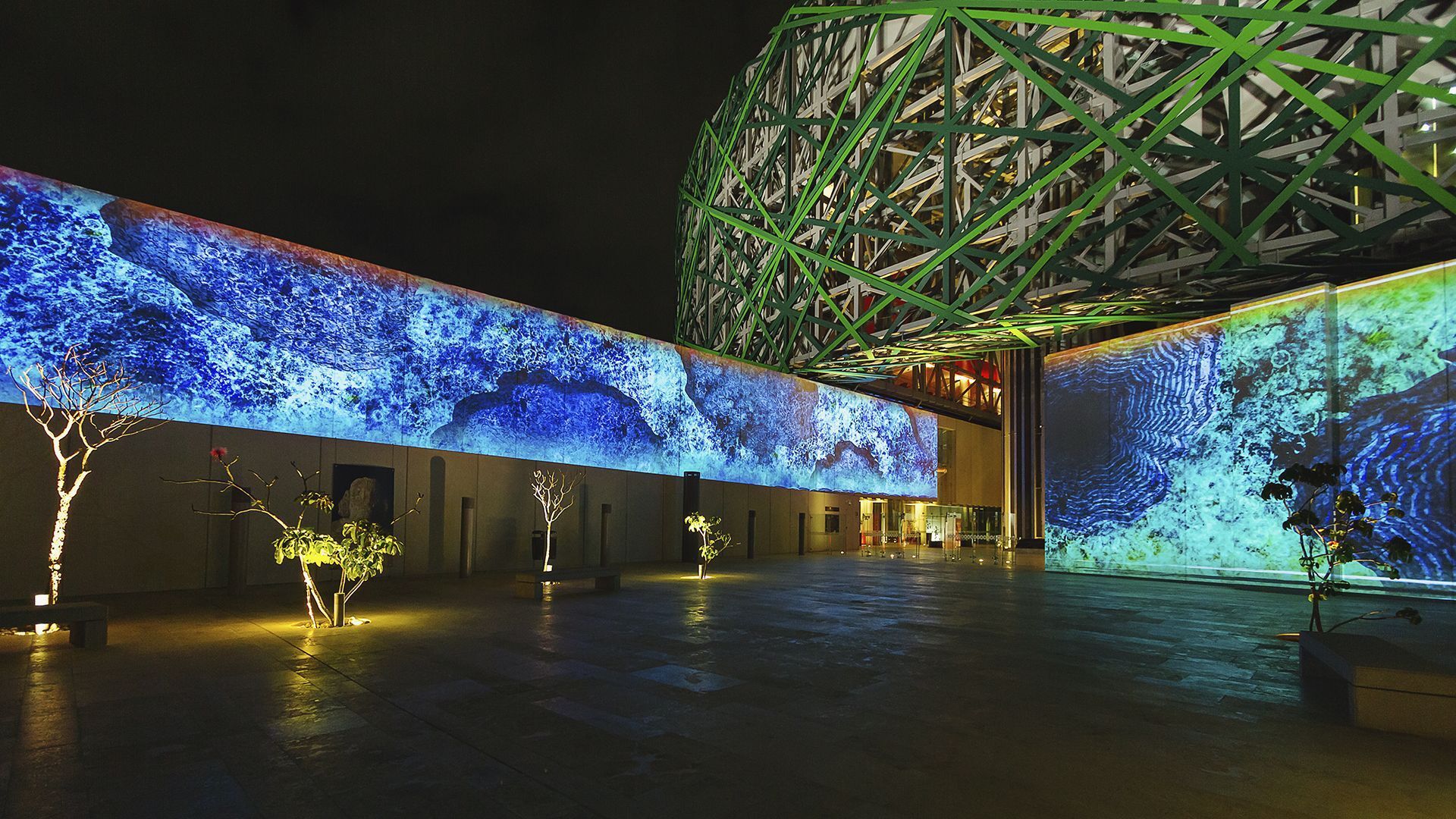
slide title
Escriba el subtítulo aquíButton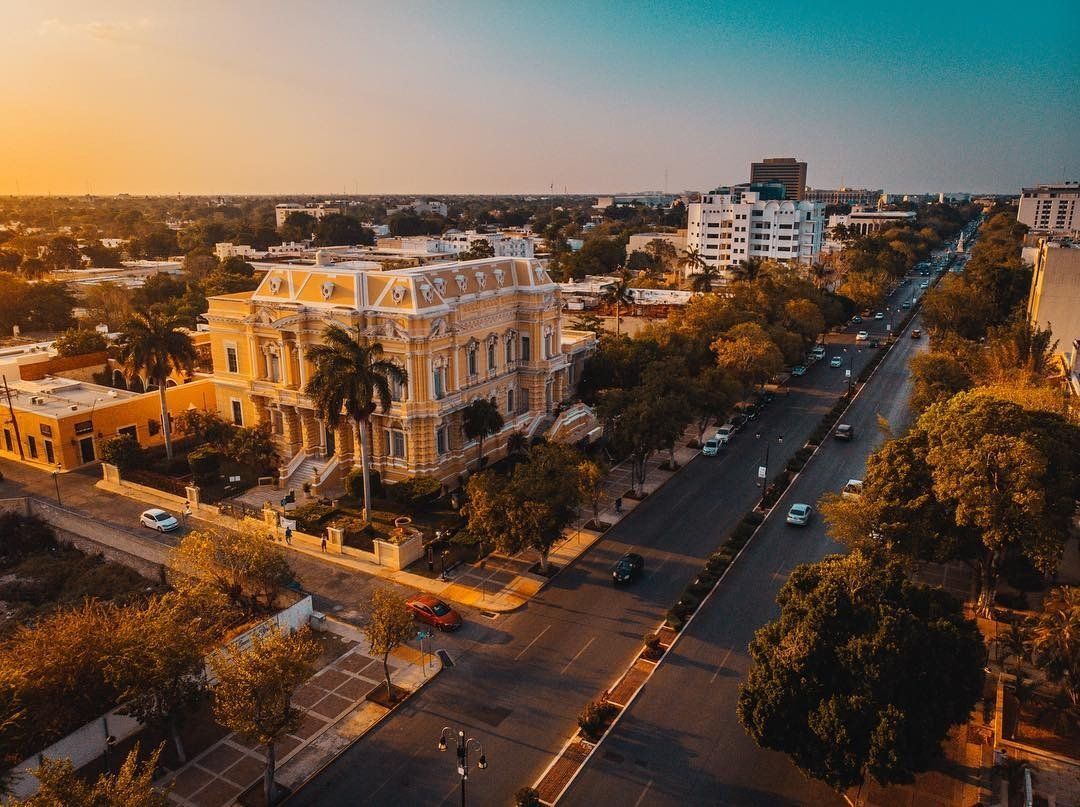
slide title
Escriba el subtítulo aquíButton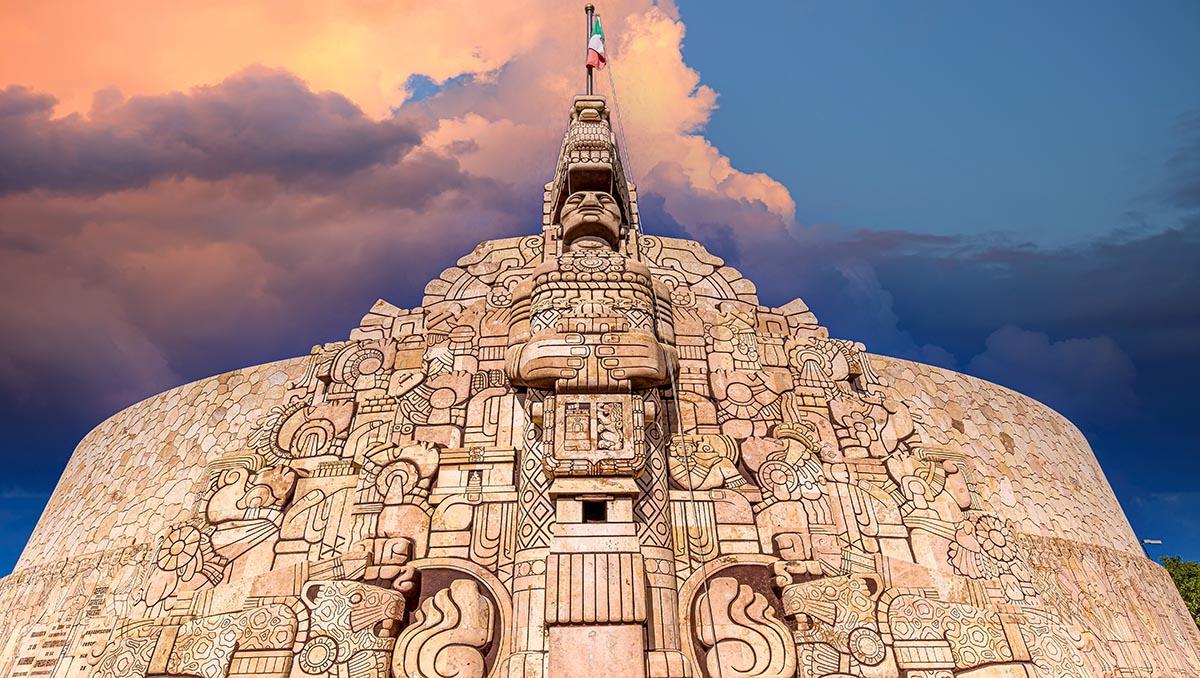
slide title
Escriba el subtítulo aquíButton
WHAT TO DO IN MERIDA?
Downtown Mérida
Before discovering cenotes, haciendas and archaeological zones in Mérida, take advantage of your stay in the capital and discover other attractions that represent its greatness. Walk through its zócalo, an area known by the Yucatecans as “Plaza Grande”. In this part of the city you will find churches, markets, museums, restaurants and hotels.
Without straying too far, you will find the Barrio de Santa Ana, which was previously a space where artisans and day laborers met in the neighborhood. There is also the emblematic 60th street and its church dedicated to the patron saint that bears the same name as the neighborhood. Although its façade is yellow today, they say that it was originally red and it is built on Mayan foundations. There is no precise data on its antiquity, but historians point out that it may be a little over 400 years old.
Another quite interesting point is the García Ginerés neighborhood, one of the oldest developments in the city, home to the well-known Parque de las Américas. The place is a meeting point for neighbors and for evening walks. It has spaces to read or enjoy with the family in an environment surrounded by nature.
The closest beach to Mérida is in Progreso, just 20 minutes away by land. If you want to escape the combination of intense heat and humidity, the best time to visit the white city is from December to February or from March to May, but in the latter, in addition to finding rainy days, the temperature begins to rise.
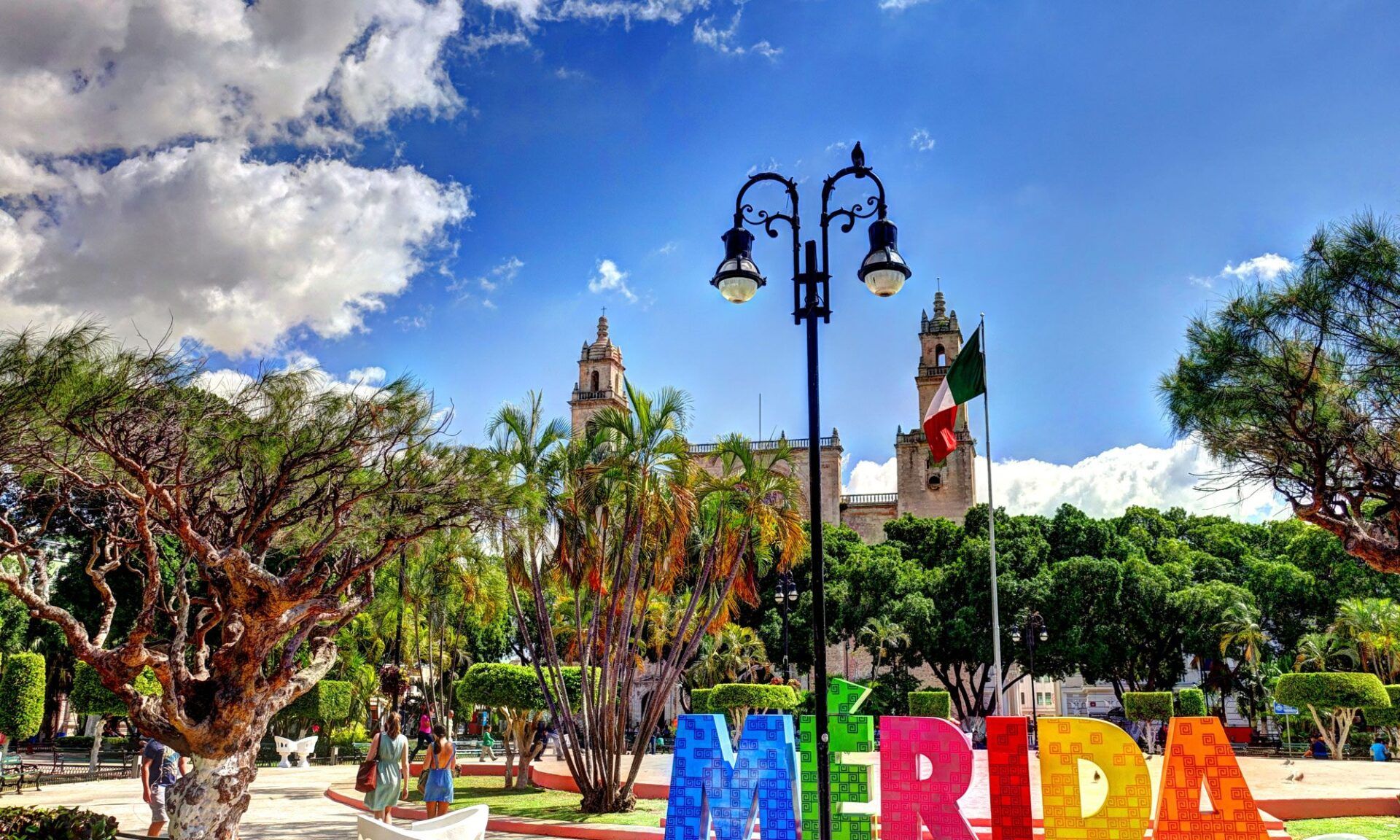
slide title
Escriba el subtítulo aquíButton
slide title
Escriba el subtítulo aquíButton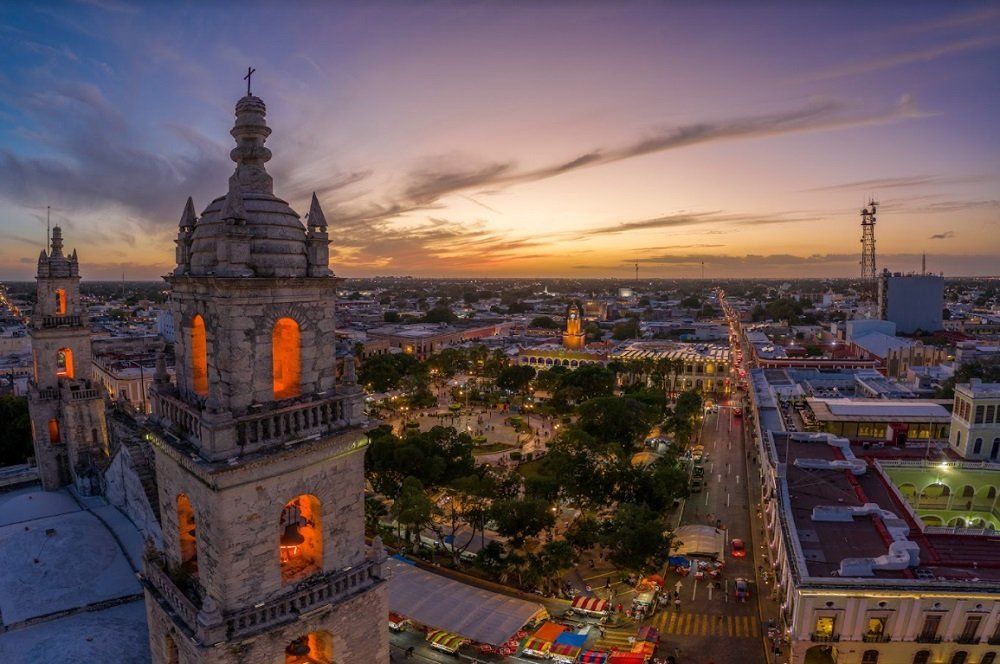
slide title
Escriba el subtítulo aquíButton
Paseo de Montejo
This extensive promenade is the most important and emblematic avenue in Mérida. It was built at the time that the Yucatecans called the era of "Green Gold", better known as henequen, which after a season of great economic losses, practically saved the region and became a kind source of employment for its inhabitants.
After several vicissitudes in its construction, the promenade was inaugurated more than fifteen years later in 1904, giving it the name we know, in honor of the founder of the city, Francisco de Montejo.
Discovering it is best on foot, so you can stop at every house, monument and corner that catches your eye. The French inspiration is present in almost all the way and the mansions, which were owned by the upper classes, stand out today converted into restaurants, boutique hotels and museums.
The avenue, 43 meters wide, has several monuments. A sculpture by Augusto Sierra, the obelisk in memory of Felipe Carrillo Puente, the monument to the Homeland in the roundabout to the north of the promenade; and the statue of Francisco Montejo next to his son, are just some that you will find on your way.
Great Museum of the Mayan World
Inaugurated in 2012, the Great Museum of the Mayan World in Mérida became the cultural space considered one of the most important in Latin America for its heritage. The walls of this museum work shelter more than a thousand pieces that reflect the life of the Mayan culture, both in pre-Hispanic times and in the present.
Among its pieces are invaluable engravings and historical documents, many of them dating from pre-Hispanic times and have been preserved thanks to the intervention of archeology experts. In front of you, you will have authentic ceramic offerings, as well as jewelry made with shell, gold and jade, something that you will hardly find anywhere else.

slide title
Escriba el subtítulo aquíButton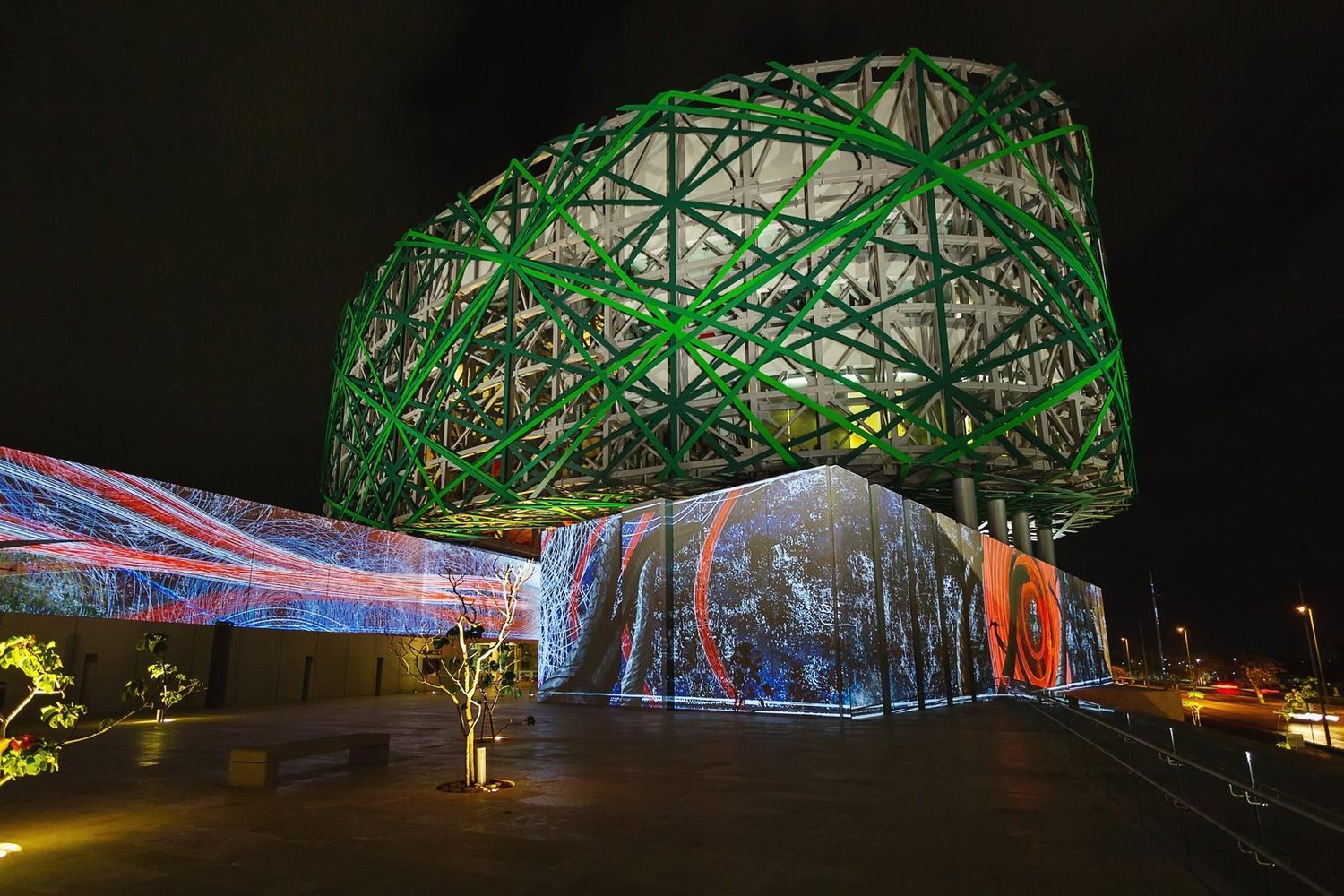
slide title
Escriba el subtítulo aquíButton
Address:
Calle 60 x 61 and 59, #496, Col. Centro,
Postal Code 97000 Mérida, Yucatán

